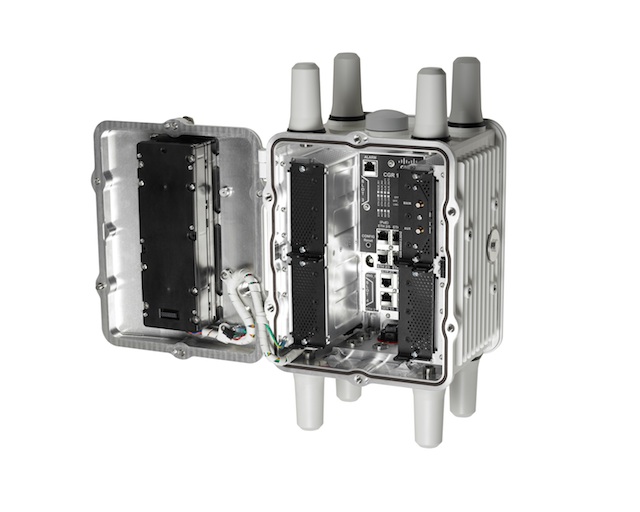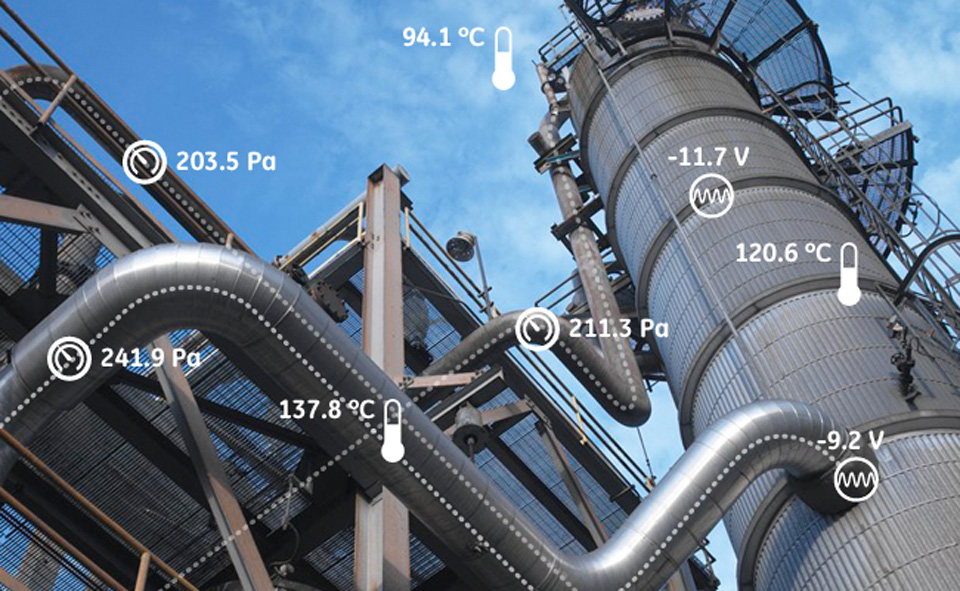One of the annual events in the tech world is Cisco’s Visual Networking Index, the company’s survey of internet traffic trends.
The numbers, as always, are staggering and this year Cisco are forecasting that global internet traffic will grow by a factor of eleven over the next four years to 190 exabytes – that’s 190,000,000,000,000Mb or the equivalent of 19o billion hard drives.
What’s particularly fascinating about this year’s index Cisco forecast that by 2018 there will be more mobile devices on the planet than people.
Many of those devices will be the sensors and equipment that makes up the Internet of Things (IoT), or Machine to Machine (M2M) technologies and Cisco expects the internet traffic in this area to surge fifty-fold over the next four years.
This is remarkable as most of the M2M devices don’t use much data as the vast majority only need to send out the odd short signal – as opposed to smartphones that download megabytes of information each day.Cisco’s predictions underscore just how pervasive this technology is going to become in the next few years, the challenge for us is to understand how to use and protect the masses of data these systems are going to generate.





